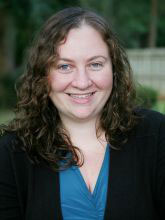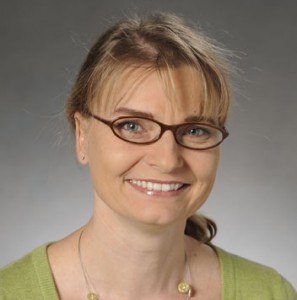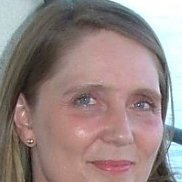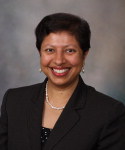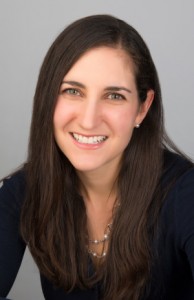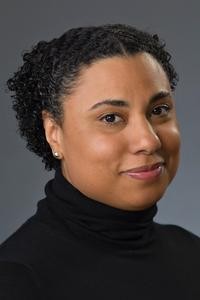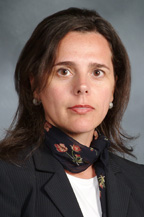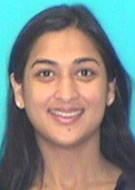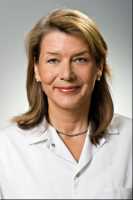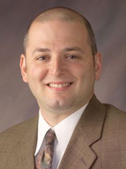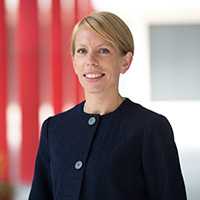Author Interviews, Cannabis, CDC, Pediatrics, Tobacco Research / 16.10.2015
High School Students Smoking More Pot Than Tobacco
MedicalResearch.com Interview with:
Dr. Italia V. Rolle, PhD and Dr. Tim McAfee, MD
Office on Smoking and Health
National Center for Chronic Disease Prevention and Health Promotion
CDC
Medical Research: What is the background for this study? What are the main findings?
Response: Since 2010, the proportion of U.S. 12th grade students who used marijuana during the preceding 30 days (21.4%) has surpassed the proportion who used cigarettes (19.2%). Negative outcomes associated with cigarette and marijuana use include addiction to one or both substances and diminished cognitive function, which can lead to lower academic achievement. CDC analyzed data from the 1997–2013 national Youth Risk Behavior Surveys (YRBS) among U.S. non-Hispanic white (white), non-Hispanic black (black), and Hispanic students in grades 9–12 to examine trends in the prevalence of current
1) exclusive cigarette or cigar use,
2) exclusive marijuana use, and
3) any use of the three products.
CDC further examined the prevalence of current marijuana use among current users of cigarettes or cigars. During 1997–2013, exclusive cigarette or cigar use declined overall by 64%, from 20.5% to 7.4% (p<0.01). However, exclusive marijuana use more than doubled overall from 4.2% to 10.2% (p<0.01). Any cigarette, cigar, or marijuana use decreased overall from 46.1% to 29.9% (p<0.01), whereas marijuana use among cigarette or cigar users increased from 51.2% to 62.4%. Considerable increases were identified among black and Hispanic students toward the end of the study period for exclusive marijuana use and marijuana use among cigarette or cigar users. Increased exclusive marijuana use and use of marijuana among cigarette or cigar users could undermine success in reducing tobacco use among youths.
(more…)

